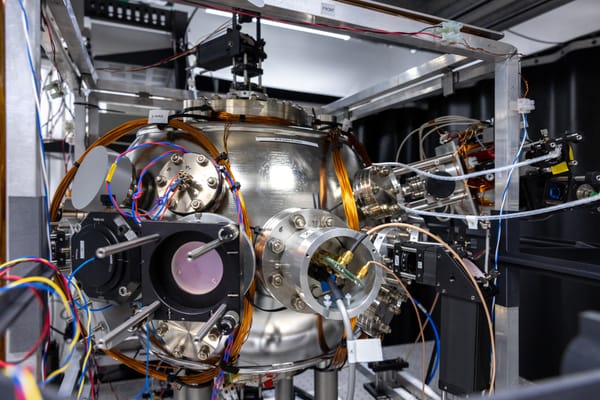How trashy is your period?
Menstrual cups – why you should care about periods even when you don’t have one.
Since the 5p carrier bag charge, the thought of throwing away a perfectly good plastic bag is enough to make most of us cringe. Now imagine unknowingly throwing away 80 plastic bags every month. That’s how much plastic the average woman uses over her period if she throws away 20 disposables a month! I’m not trying to make women feel guilty; growing up, disposable menstrual products were the only options I was told about. It was only a few years ago I stumbled across the idea of menstrual cups.
Menstrual cups are medical-grade silicone cups that you fold and insert into your vagina to collect menstrual blood, and which you then empty into the toilet twice a day. They’re simple to maintain: wash with unscented soap between uses and boil between cycles.
Let’s do a calculation (we’re at Imperial, you gotta love the sums). The average woman menstruates for 43 years of her life, and each year she has 13 periods. That’s 559 periods – and if she uses 20 pads a period, that comes to 11,180 pads being thrown away in her lifetime! In the UK alone, 4.3 billion disposable menstrual products are thrown away every year. These products take 500 years to decompose, outlasting not only the woman who had her period but generations after her too. They should never be flushed down the toilet anyway, but flushed plastics still account for 8% of beach litter found in the UK and can clog sewers and have detrimental effects on aquatic life. What’s more, if we take into account that each tampon or pad costs about 13p per unit, a woman spends over £1400 on menstrual products throughout her life.
I’ve mainly been talking about pads, but tampons are just as bad. Tampons contain bleach which can leak into a woman, and the cotton fibers which can be left inside the vagina have been linked to cervical cancer. If left in for too long, they can even cause Toxic Shock Syndrome (TSS). Menstrual cups collect blood rather than absorb, so have never been associated with TSS, nor do they disrupt vaginal pH levels like pads and tampons. They can also hold up to 3 times more blood than a large tampon, and only need to be changed once every 12 hours. Women are able to exercise comfortably wearing a menstrual cup and can go to sleep without them leaking.
A menstrual cup is a one-off buy lasting you 10 years and is readily available in high-street stores such as Boots, and more recently Tesco, being the first UK supermarket to stock menstrual cups. TOTM menstrual cups cost £20, have entirely biodegradable packaging, and are cruelty-free. When starting off, looking at a menstrual cup can be daunting, but YouTube has a wealth of tutorials for how to fold them and, like all new things, it takes a bit of practice to master.
Despite being invented in the 1930s, sadly it’s only now menstrual cups are becoming common knowledge. Even if you’re not a woman, you can still take part in the discussion about menstrual cups as the benefits to the environment help everyone.





